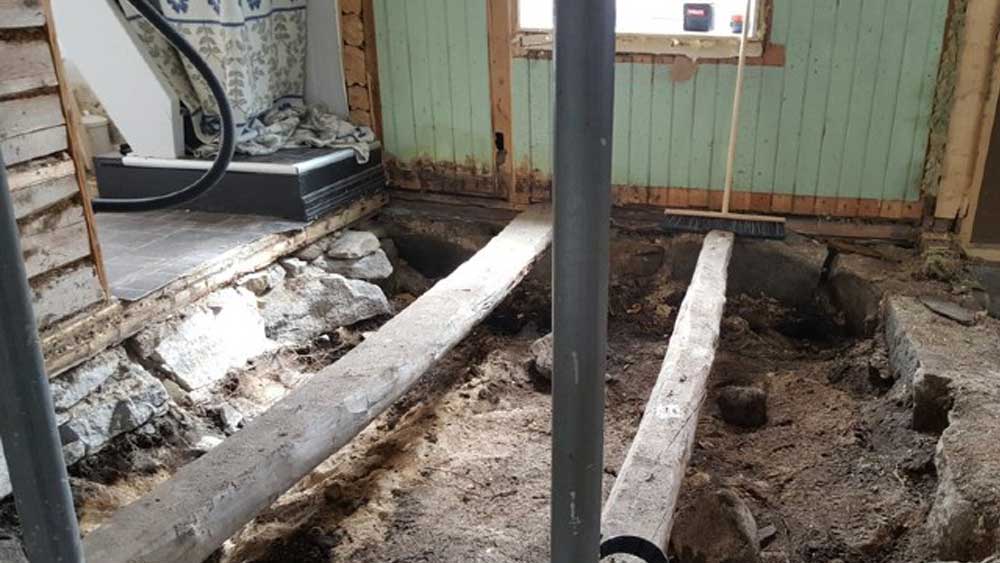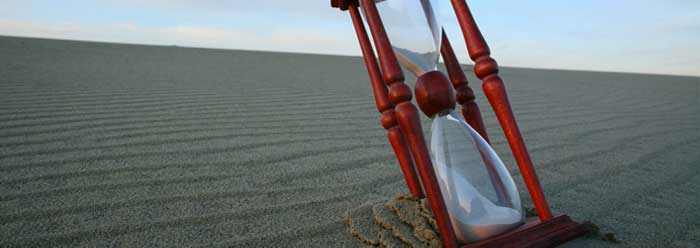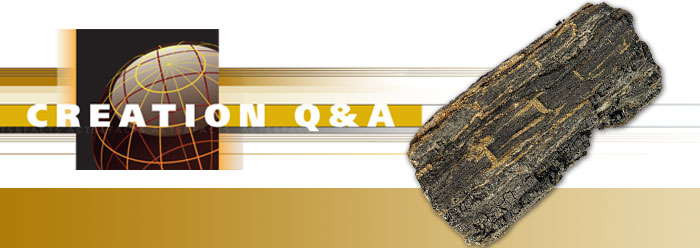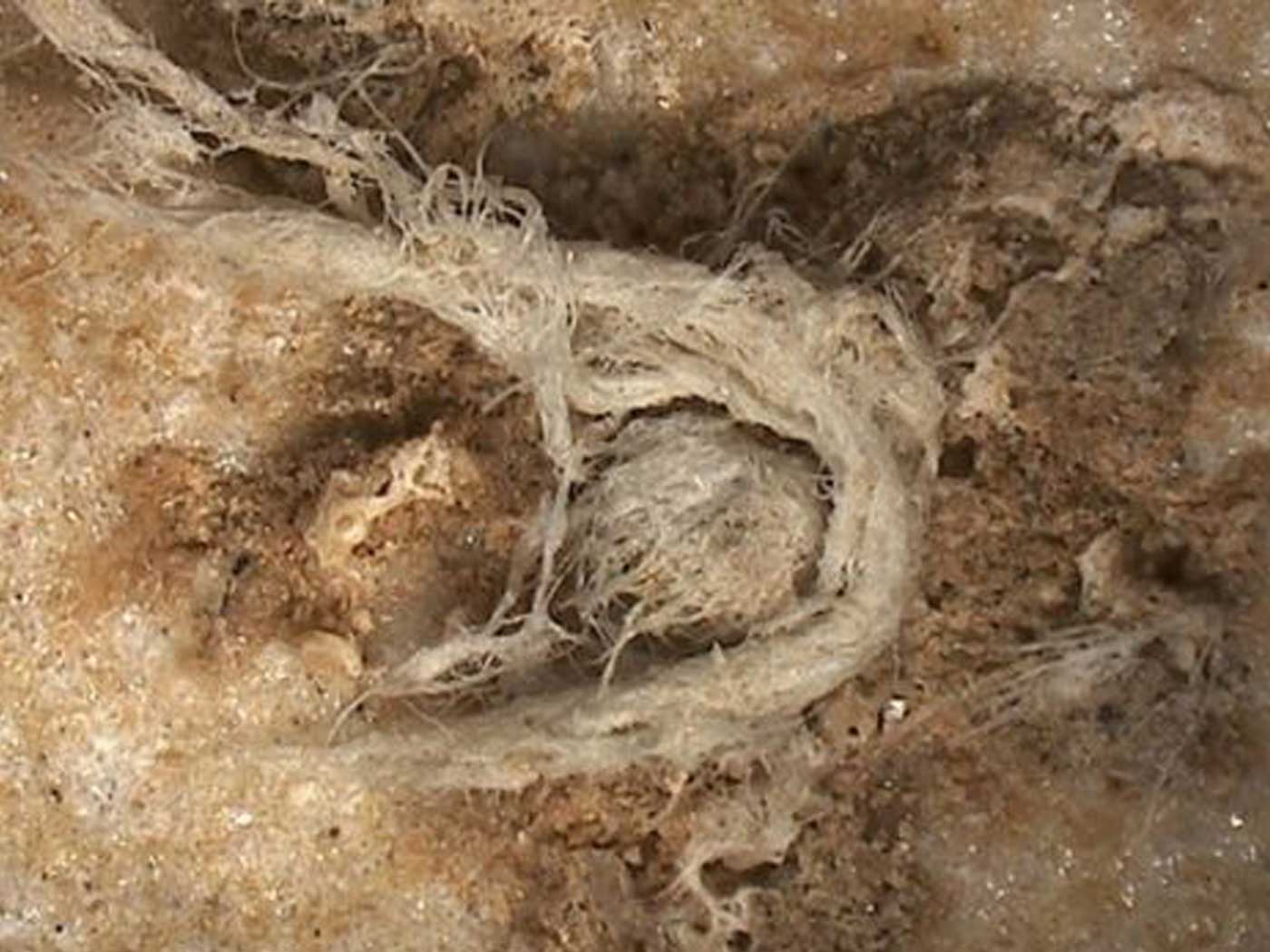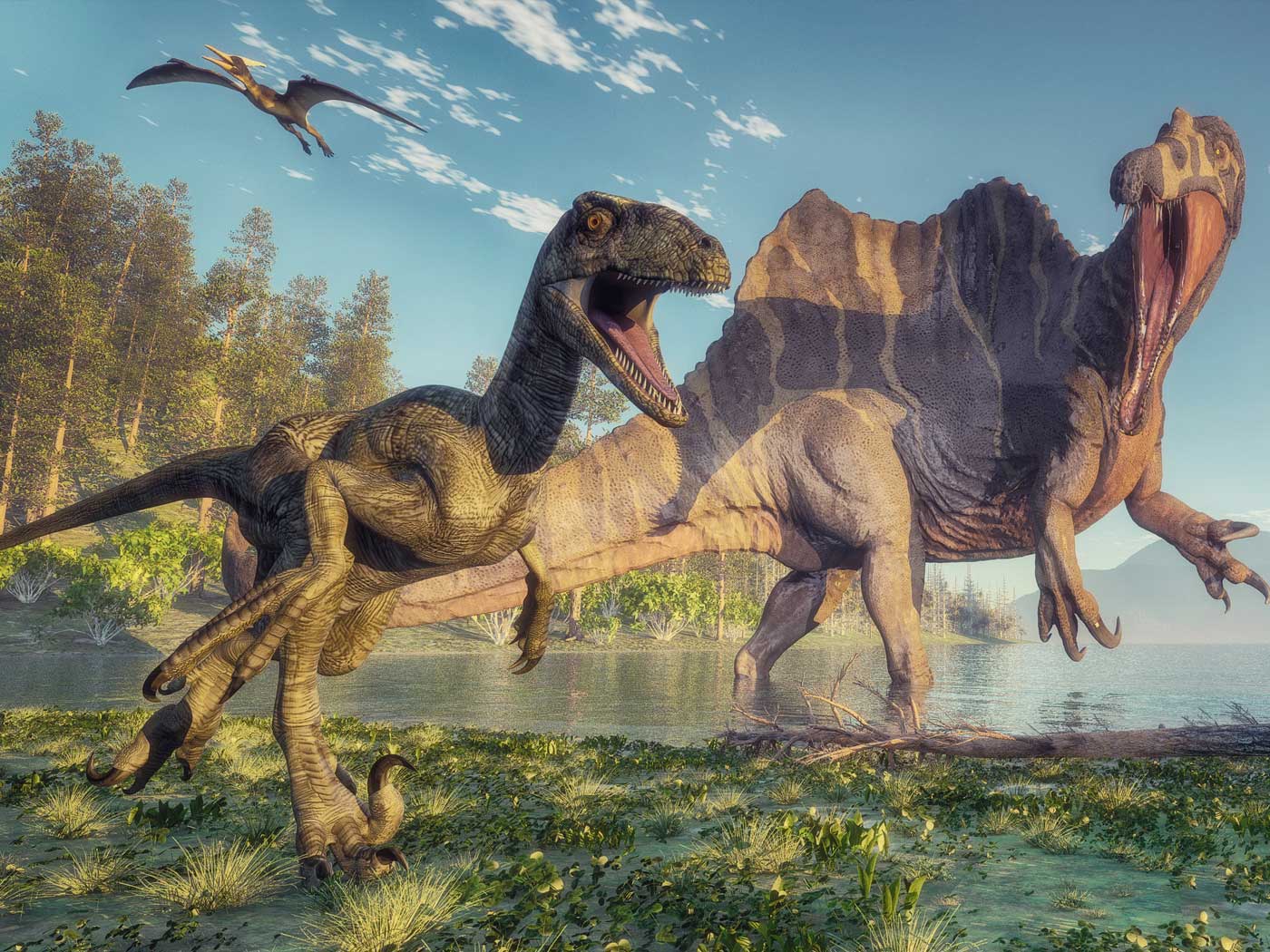A couple in northern Norway were pulling up the floor of their house to install insulation when they found a glass bead, and then a Viking axe. Now archaeologists suspect they live above an ancient Viking grave.
The unusual discovery was promptly reported to the local government. Archaeologist Martinus Hauglid visited the couple shortly after and judged that the grave was likely from the Iron Age or Viking Age.1
“It was found under stones that probably represent a cairn. We found an axe dated from between 950AD and 1050AD and a bead of dark blue glass, also of the late Viking period," he told The Local. [Hauglid] said he had never heard of a find being made underneath a house.1
Finding Viking burial-related materials are not unheard of, of course. Norwegian archaeologists are kept busy excavating and analysing remains of Viking skeletons, boats, weapons, tools, and other ancient artefacts from time to time.2 And those who find such treasure trove are often rewarded.
"I guess, they will get some reward, that is normal in Norway, that people that find old artefacts get a reward from the state." The bead and axe have already been sent to Tromsø Museum, and a team of archeologists were in the couple's house on Tuesday digging further. Although Kristiansen's great-grandfather built the house in 1914, she said her family had never spoken about a Viking grave.1
Burials of Vikings have become important to the creation science community in recent years, especially because a Viking burial mystery was resolved by recognizing that uniformitarian methodology used for radiocarbon dating (Carbon-14) was deficient, producing erroneous results. This was due to unwarranted assumptions that evolutionists were making about skeletons that were given age estimates that erred by centuries.3,4
In short, radiocarbon tests cannot provide one-size-fits-all dating results that are reliable, regarding the date-of-death matching a human skeleton, apart from meaningful records about the human’s diet during his or her lifetime—because some foods have more carbon-14 than do other foods. So, whatever someone habitually eats makes a difference in how much carbon-14 one has accumulated at death, which is the starting point of the corpse’s carbon-14 that steadily decays thereafter.3,4
This reminds us that scientific methodologies have their limitations. Thus, making universal conclusions about the no-longer-observable unique events (such as actions of individuals) requires forensic science-based evidence standards—not after-the-fact empirical methods.5
Accordingly, using the proper scientific methodology is very important in creation science matters, because unique events of the past cannot be adequately known just by using empirical science experiments. Examples include distant starlight travel prior to Adam’s sin in Eden, the Genesis Flood, the Tower of Babel incident, and the resurrection of the Lord Jesus Christ.
Likewise, for such unique events of the past, the uniformitarian assumption that “the present is the key to the past” doesn’t work.6
So, if the Viking gravesite were to yield a human skeleton, then how old would it be? Radiocarbon-dating can make some guesses and will likely be somewhat accurate to within 200 years! However, without knowing something about the deceased’s diet, carbon-14 estimates about how long ago a decaying skeleton’s human inhabitant died are just fuzzy guesses.
Stage image: Norway Viking grave found under floor of house.
Stage image credit: Nordland County Council. Copyright © 2020. Adapted for use in accordance with federal copyright (fair use doctrine) law. Usage by ICR does not imply endorsement of copyright holders.
References
1. Staff Writer. Norway couple find Viking grave under floor of their House. The Local Norway. Posted on thelocal.no May 26, 2020, accessed May 27, 2020.
2. Nikel, D. Viking Burial House Uncovered in Norway. Life in Norway. Posted on lifeinnorway.net September 24, 2019, accessed May 27, 2020. Archeologists find physical remains of Vikings in non-Nordic lands where the Vikings were once active. See Jarman, C. L. et al. 2018. The Viking Great Army in England: New Dates from the Repton Charnel. Antiquity. 92(361): 183-199.
3. Johnson, J. J. S. 2018. Something Fishy about Radiocarbon-Dating Viking Bones. Creation Research Society Quarterly. 54(3): 213-216.
4. Johnson, J. J. S. 2018. Viking Bones Contradict Carbon-14 Assumptions. Acts & Facts. 47(5). Also, for an ICR podcast on this topic, see Johnson, J. J. S. Why One-Size-Fits-All Radiocarbon Dating Doesn’t Work. Posted on ICR.org August 24, 2018, accessed May 28, 2020. Podcast.
5. Johnson, J. J. S. 2016. There’s Nothing Like an Eyewitness. Acts & Facts. 45 (12):20.
6. See 2 Peter 3:3-6 on predicting uniformitarian error. See also Johnson, J. J. S. 2014. Is the Present the ‘Key’ to Our Past? Acts & Facts. 43(6): 19.
*Dr. Johnson is Associate Professor of Apologetics and Chief Academic Officer at the Institute for Creation Research.




